What’s future will become present soon. The imagination of today will be reality tomorrow. And, at present future is coming soon than you think.
However, future technology will change the way we live, as well as take care of our bodies and assist in preventing climate disasters. The future of our world depends on future technology.
The future always seems a bit late, but human efforts make it a reality in the quick possible time.
Human imagination is faster than human enterprise, but the concerted efforts of scientists, engineers, and technologists are contributing to redesigning future technology and the world around us in every big and small way.
We don’t realize the dynamism of science, but the progression rate over the last half-century has been abnormal and it covers fields such as computing, medicine, communications, materials science, etc.
Even though today nobody has a personal jetpack for continuous running, scientists are not sitting idle.
Here is a list of some of the most future technology has put together that will change our world in near future. These big ideas include from bionic man to technology that can avert the climate crisis.
1. Lab-made dairy products

We’ve heard of cultured meat and Wagyu streaks grew cell by cell in the laboratory. Research about other animal-based foodstuffs is also going on.
A growing number of biotech companies in the world are researching lab-made dairy, where they can produce milk, ice cream, cheese, and eggs in labs. A good number of scientists are confident about its possibility of happening.
The condition of the dairy industry is not environment-friendly. Instead, it’s responsible for 4 percent of the world’s total carbon emissions.
This amount is more than the emissions incurred by air travel and the shipping industry combinedly.
Hence, the demand for a greener splash to pour into our teacups and cereal bowls is increasing day by day.
In comparison to meat, milk isn’t that difficult to be created in the lab. Instead of growing it from stem cells, most researchers are trying to produce it in a process of fermentation.
They are looking forward to producing milk proteins like whey and casein. US companies like Perfect Day are already bringing these kinda products into the market.
Their ongoing work has focused on reproducing the taste and nutritional benefits of regular cow milk.
Apart from these, food scientists are working on lab-produced mozzarella that melts perfectly on top of pizza, and also with other cheese and ice cream, as part of developing future technology.
2. Digital ‘Twins’ to track your health
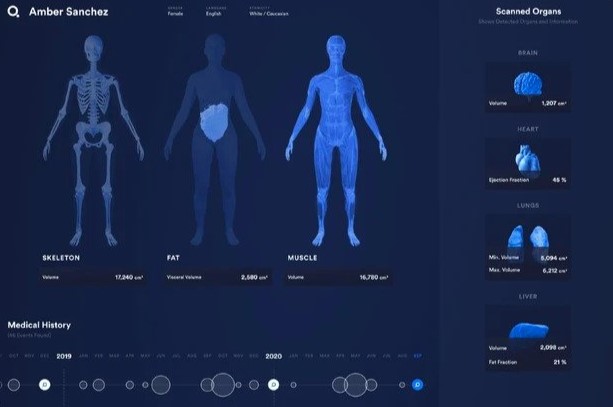
In ‘Star Trek,’ many of our ideas of future technology were born. There we saw– humans can walk into the medbay and have their full body digitally scanned for finding out illnesses and injuries if there are any.
According to the makers of Q Bio, doing that, in reality, improved health outcomes reduce the load of doctors.
The US company has built a scanner that will be capable of measuring hundreds of biomarkers in less than an hour. This task includes scanning hormone levels to fat building up in your liver, along with signs of inflammation or any other cancers.
Using this data, it aims to produce a 3D digital avatar of the body of patients which can be tracked over time and updated with each scan. This interesting system has been given the name ‘digital twin.’
Jeff Kaditz, CEO of Q Bio expects it will lead to a new era of preventive and personalized medicine in which massive data collected not only help doctors to fix priorities about seeing patients but also discover more sophisticated ways of disease diagnosis.
3. Green funerals
If people want to encounter the realities of the climate crisis, sustainable living is becoming a great priority. But what to say if someone talks about eco-friendly dying?
With the deaths of humans, their carbon-enriched bodies get mixed with the atmosphere and leave an ecological footprint.
The average cremation releases, per day, for example, 400 kg of carbon dioxide into the atmosphere. So, how can we reach a greener way?
Yes, future technology can show the paths! Dead bodies could be composted in the state of Washington instead. Their bodies are laid in chambers with the bark of trees, straw, and other compounds that promote natural decomposition.
Within 30 days, your body particles will be mixed with soil and other natural things completely and that composition can be returned to the garden or woodland.
A company named ‘Recompose’ is behind this process and according to their claim, it uses an eighth of the carbon dioxide used in cremation.
An alternative way to human body salvation uses fungi. In 2019, a start-up called Coeio buried actor Luke Perry in a bespoke “mushroom suit.”
According to the company’s claim, its suit made with mushrooms and other microorganisms facilitates decomposition and neutralizes toxins that are released while the bodies decay.
Most alternative ways of disposing of human bodies are not depending on new technology. Rather, they need social acceptance to get introduced.
One such way is alkaline hydrolysis, in which bodies are broken down into their chemical components over a six-hour process in a pressurized chamber.
Its legal system in a few US states incurs lesser emissions compared to more traditional methods.
4. Artificial eyes
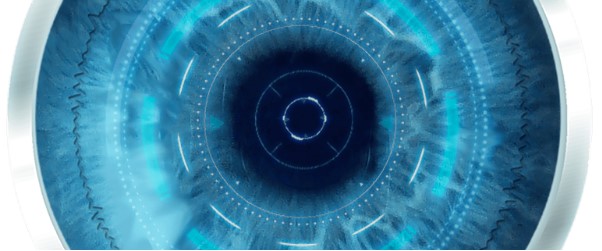
The theme of bionic eyes has been seen in many science fiction movies for decades. However, now real-world research has begun to catch up with the Visonic storytellers.
Some advanced technologies are coming that can restore sight to people with various kinds of vision impairment.
In Jan. 2021, an artificial cornea is implanted into a 78-year-old, bilaterally blind man.
After the removal of his bandage, the patient could read and recognize his family members instantly. The implant also got infused into human tissues and his body didn’t reject it.
In the same way, in 2020, some scientists from Belgium developed an artificial iris fitted to smart contact lenses that can rectify some vision disorders.
Now, they are working on being successful in wireless brain implants that bypass them completely. These artificial eyes surely possess great potential as future technology.
5. Airports for drones and flying taxis
The space for breathing and relief may come from the air instead of from the roads. This future plan can be realized from a different kind of transport hub– an airport for delivery drones and electric air taxis.
That’s not too far as the first Urban AirPort is going to receive funds from the UK government.
The new form of the airport is going to be built in Coventry. The port will just be a pilot scheme and would be powered totally off-grid by a hydrogen generator.
The objective behind it is to remove the need for too many delivery vans and personal cars on the roads. They will be replaced by a new type of small aircraft, designed by Hyundai and Airbus.
6. Smart sutures that detect infections

How can the doctor know about the infection of a patient would? They could wait for the time when the patient’s wound begins to show signs of infection.
However, they can, now, talk to a high school student from Ohio as he has invented a superb and lifesaving tool.
This teenage genius named Dasia Taylor, at the age of 17 invented sutures that changes color from bright red to deep purple when a wound becomes infected. Her sutures do this by detecting a change in the skin’s pH level.
If a wound becomes infected, its pH level rises from 5 to 9. As beetroot juice naturally changes color at a pH of 9, Dasia used that as a dye for the suture material.
Smart sutures coated with a conductive material can detect the status of a wound by changes in electrical resistance and send messages to smartphones.
However, sutures invented by Dasia are much more helpful for developing and LDC countries as smartphones are still unavailable to a big part of their people.
This is the wonder of future technology!
7. Living robots
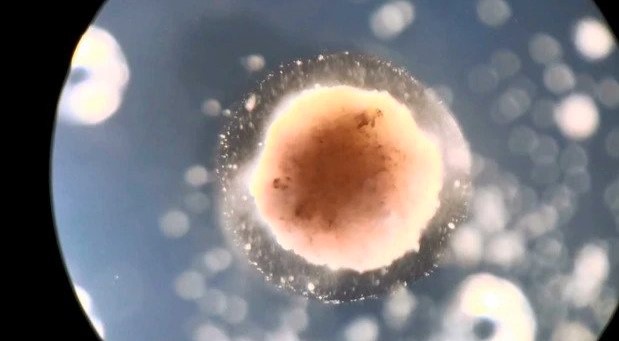
Using stem cells from frog embryos, tiny hybrid robots can be made. These, on the day, can be used to swim around human bodies and wander in specific areas that require medicines. Or, they can be utilized to gather microplastic in the oceans.
According to Joshua Bongard, a computer scientist and robotics expert at the University of Vermont, and co-developer of the millimeter-wide bots, these are novel living machines.
They’re neither conventional robots nor familiar species of animals, rather a new class of living, programmable organism, added Bongard.
8. Internet for everyone
The people who have internet access, can’t live without using it even for just one day. However, only around half of the world’s population is connected to it.
Economic and social barriers are the main reasons behind this, but for many people, the lack of a connection facility is the main reason behind its not accessibility.
Google has a solution to this problem as they are using helium balloons to beam the internet to remote areas. However, another tech giant Facebook has abandoned the plan to do so using drones.
Besides them, companies like Hiber have taken a different approach by launching their own network of books-type microsatellites into low orbit or Earth.
Their satellites orbit the Earth sixteen times a day and organizations like the British Antarctic Survey already using them to provide to very remote places of the world.
9. The AI scientist
If you cut off the head of a flatworm, it’ll grow a new one. If you cut it in half, two separate worms will be generated from two parts. Even it can repair itself against radiation.
Scientists for long wanted to work out the mechanisms involved in it, but the mystery hadn’t cleared to them. But, here comes the AI created at Tufts U|niversity, Massachusetts.
By analyzing and simulating innumerable scenarios, they have been able to find out the secrets of the regeneration of flatworms in just 42 hours.
Finally, they have been able to produce a comprehensive model of regeneration of the flatworm’s genes.
The machine used in this experiment was successful in creating a new, abstract theory independently which can be said a big leap toward the development of conscious computers.
10. Floating firms
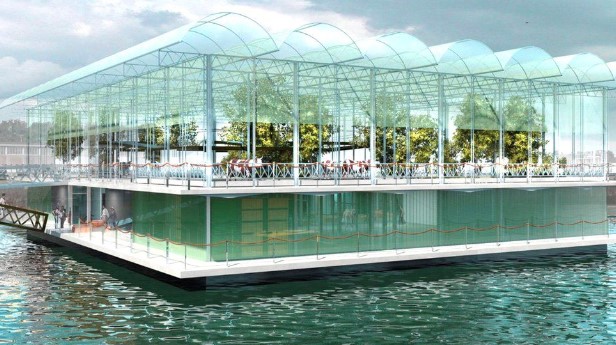
According to the prediction of the United Nations, two billion more people will be added to the world population by 2050.
This increased number of people will create a demand for 70% more food. By that period, 80 % of us will be living in cities.
Hence, in order to increase the production of food, sea or inland lakes close to cities would be an excellent idea.
But, how can it be possible? As a solution to this, a design was made by architect Javier Ponce of ‘Forwarding Thinking Architecture’ that shows a 24-meter tall, three-tiered structure.
It has solar panels on top of it for providing energy. Using nutrients in liquid instead of soil, the middle tier is capable of growing a variety of vegetables over an area of 51,000 square meters.
These nutrients and torn plant elements can be used in the bottom layer to feed fish.
From an estimation, it has been found that a single Smart Floating Farm of 350X200 meters would produce around 8.1 tonnes of vegetables and 1.7 tonnes of fish per year.
Closing statement
In these ways, future technology can pave the way for the greater betterment of humanity and the world, for which mankind is waiting a lot.

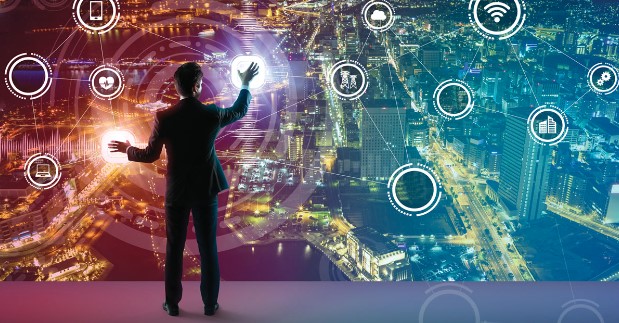

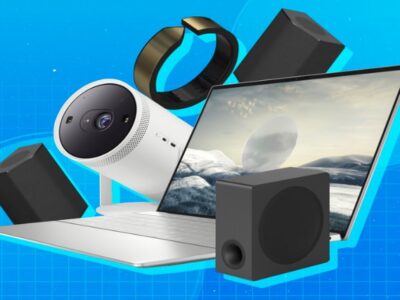
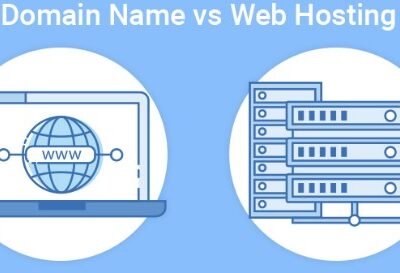













Comments